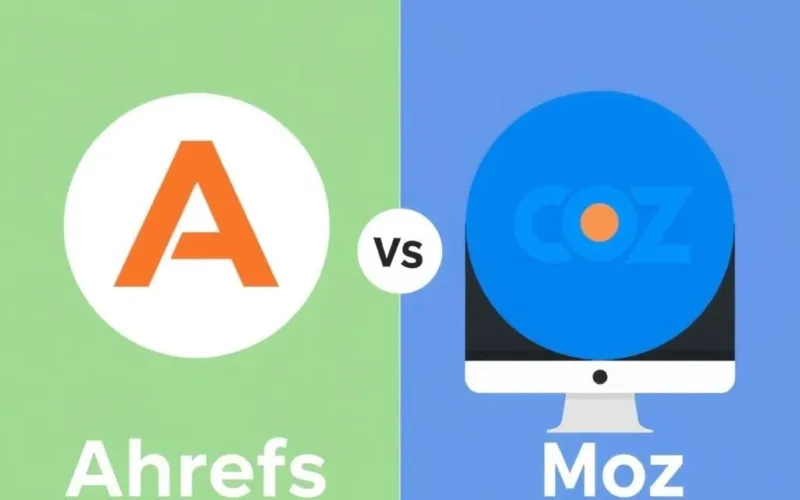Discover the critical differences between exposure management vs vulnerability management in cybersecurity. Learn how these strategies complement each other to enhance organizational security and protect against evolving threats.
Exposure Management vs Vulnerability Management: A Comprehensive Guide
In the ever-evolving world of cybersecurity, organizations must adopt robust strategies to safeguard their digital assets. Two key practices—exposure management vs vulnerability management—stand out as essential components of a strong security framework. Though they share the common goal of reducing risk, their approaches, scopes, and applications differ significantly. This article explores these differences in depth, offering fresh insights into their definitions, processes, tools, and real-world relevance, while emphasizing their complementary roles in protecting against cyber threats.
What Are Exposure Management and Vulnerability Management?
Exposure Management: Seeing the Bigger Picture
Exposure management is a forward-thinking, all-encompassing strategy designed to identify, evaluate, and mitigate risks across an organization’s entire digital footprint—often referred to as its attack surface. This includes not just software vulnerabilities but also misconfigurations, outdated systems, and potential threats from external integrations like third-party services or cloud platforms. The process is dynamic and ongoing, aiming to reduce the opportunities attackers have to breach an organization.
Key steps in exposure management include:
- Asset Discovery: Mapping out all components of the IT environment, from on-premises servers to cloud-based applications.
- Risk Evaluation: Assessing threats based on their potential impact, likelihood of exploitation, and relevance to the business.
- Mitigation: Applying a range of solutions, such as updating systems, adjusting configurations, or enhancing monitoring.
- Ongoing Validation: Continuously verifying that risks are minimized and adapting to new threats as they emerge.
Think of exposure management as a vigilant overseer, constantly scanning the horizon for any weak points an attacker might exploit.
Vulnerability Management: Zeroing In on Flaws
Vulnerability management, by contrast, is a more targeted practice that focuses specifically on identifying and fixing known weaknesses within an organization’s systems. These weaknesses, or vulnerabilities, are typically flaws in software code, unpatched applications, or insecure settings that could be exploited if left unaddressed. It’s a critical task but narrower in scope compared to exposure management.
The vulnerability management process typically involves:
- Scanning: Using automated tools to detect vulnerabilities in systems and applications.
- Risk Assessment: Rating the severity of each vulnerability, often with tools like the Common Vulnerability Scoring System (CVSS).
- Prioritization: Deciding which vulnerabilities to address first based on their exploitability and potential damage.
- Remediation: Deploying patches, updates, or temporary fixes to eliminate the vulnerabilities.
- Monitoring: Regularly checking for new vulnerabilities to maintain system security.
Vulnerability management is like a skilled technician, diligently repairing specific cracks in the foundation of a building.
How Do They Differ?
Scope: Broad vs. Narrow
- Exposure Management: Covers the full spectrum of risks across an organization’s attack surface, including vulnerabilities, human errors, and external threats.
- Vulnerability Management: Concentrates solely on known vulnerabilities within software and systems, leaving broader risks outside its purview.
Approach: Proactive vs. Reactive
- Exposure Management: Takes a proactive stance, anticipating threats and prioritizing them based on business context and real-time threat intelligence.
- Vulnerability Management: Operates reactively, addressing vulnerabilities only after they’ve been identified through scans or disclosures.
Tools: Comprehensive vs. Specialized
- Exposure Management: Leverages a suite of tools, such as attack surface management platforms (e.g., Tenable.io) and threat intelligence systems, to provide a unified risk perspective.
- Vulnerability Management: Relies primarily on vulnerability scanners (e.g., Qualys VMDR) and patch management solutions to tackle specific issues.
Workflow: Continuous vs. Cyclical
- Exposure Management: Involves a continuous cycle of monitoring and adapting to an ever-changing threat landscape.
- Vulnerability Management: Follows a structured, repeatable cycle of scanning, assessing, and patching at regular intervals.
Example in Action
Imagine a retail company with an online store:
- Exposure Management: The company assesses risks across its website, payment systems, cloud storage, and supplier connections, prioritizing a misconfigured API that could expose customer data.
- Vulnerability Management: The company scans its e-commerce platform, finds an outdated plugin with a known vulnerability, and patches it to prevent exploitation.
Why Both Matter
Neither exposure management nor vulnerability management can stand alone as a complete cybersecurity solution. Together, they form a powerful duo:
- Holistic Protection: Exposure management ensures no stone is left unturned, while vulnerability management addresses specific, actionable flaws.
- Strategic Balance: The proactive nature of exposure management complements the reactive precision of vulnerability management.
- Resource Efficiency: By aligning efforts with business priorities, exposure management helps focus vulnerability management on the most critical fixes.
With cyber threats growing—over 38,000 vulnerabilities were reported in 2024 alone—organizations need both to stay ahead of attackers.
Tools to Get the Job Done
Exposure Management Tools
- Tenable.io: Offers a panoramic view of risks across IT, cloud, and operational technology environments.
- CrowdStrike Falcon: Integrates threat intelligence with exposure data for real-time risk prioritization.
Vulnerability Management Tools
- Qualys VMDR: Combines vulnerability detection with automated response capabilities.
- Rapid7 InsightVM: Provides detailed scanning and actionable remediation steps.
Many of these tools overlap, allowing organizations to build an integrated security stack.
Challenges and What’s Next
Both practices face hurdles:
- Overwhelming Data: The sheer volume of vulnerabilities and exposures can strain resources.
- Skill Gaps: Effective management requires expertise that may be in short supply.
- Emerging Threats: New technologies like AI and IoT introduce unfamiliar risks.
Looking forward, trends like AI-powered risk analysis, cloud-native security tools, and stricter compliance mandates will shape how these practices evolve.
Final Thoughts
Exposure management and vulnerability management are two sides of the same cybersecurity coin. One offers a wide-angle lens to spot all potential dangers, while the other zooms in to fix precise weaknesses. By embracing both, organizations can build a resilient defense that not only reacts to today’s threats but also prepares for tomorrow’s challenges. In a digital world where risks are constant, this dual approach is not just smart—it’s essential.














Leave a Reply